Introduction to Emotional Triggers
Emotional triggers are powerful stimuli that can provoke intense reactions, often taking us by surprise. Rooted deeply in past experiences, traumas, or unresolved emotional wounds, these triggers affect not only our mental health but also our relationships and overall well-being. Understanding and managing emotional triggers is a crucial step towards emotional resilience and personal growth. Counseling and therapeutic approaches provide valuable frameworks and strategies that help individuals uncover, comprehend, and navigate their triggers effectively. This article explores the nature of emotional triggers, their impact, and the counseling techniques that aid in healing and growth.
Recognizing and Understanding Emotional Triggers
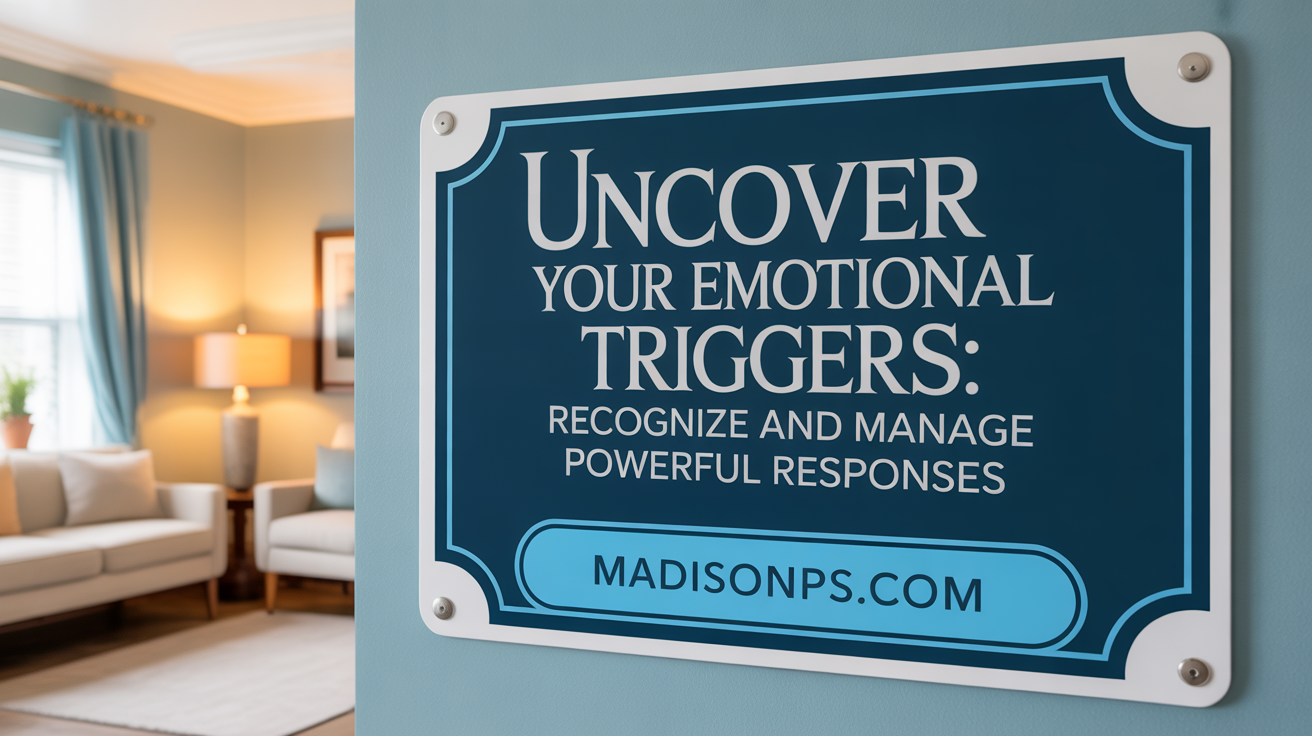 Understanding emotional triggers begins with identifying what activates strong emotional responses, often rooted in past experiences or unresolved issues. These triggers develop through associations made unconsciously in the brain, linking certain stimuli—such as words, situations, or sensory cues—to intense feelings or memories. Recognizing how these triggers form is crucial in managing them effectively.
Understanding emotional triggers begins with identifying what activates strong emotional responses, often rooted in past experiences or unresolved issues. These triggers develop through associations made unconsciously in the brain, linking certain stimuli—such as words, situations, or sensory cues—to intense feelings or memories. Recognizing how these triggers form is crucial in managing them effectively.
Common emotional triggers include feelings of abandonment, rejection, betrayal, criticism, and loss. These situations often evoke powerful emotions such as anger, sadness, fear, or helplessness, especially when they echo unresolved childhood wounds or traumatic memories. External triggers might involve loud noises, specific scents, or places that recall past trauma. Internally, feelings like intense jealousy or feelings of inadequacy can also serve as triggers.
Signs that you're being triggered include physical reactions such as increased heart rate, rapid breathing, sweating, muscle tension, gastrointestinal discomfort, and dizziness. Emotionally, you may experience overwhelming feelings, irritability, or a desire to withdraw or lash out. Recognizing these physical and emotional signals early enables better control and helps prevent reactions from escalating.
The first step in understanding your triggers involves cultivating self-awareness. Pay attention to your body’s responses during emotionally charged moments and reflect on whether these reactions are disproportionate or unexpected. Noticing patterns over time, especially through journaling or mood tracking, can uncover triggers tied to specific thoughts, events, or states. By recognizing these early signs, you lay the foundation for developing healthier responses and managing your emotional well-being more effectively.
Impact of Emotional Triggers on Mental Health and Relationships
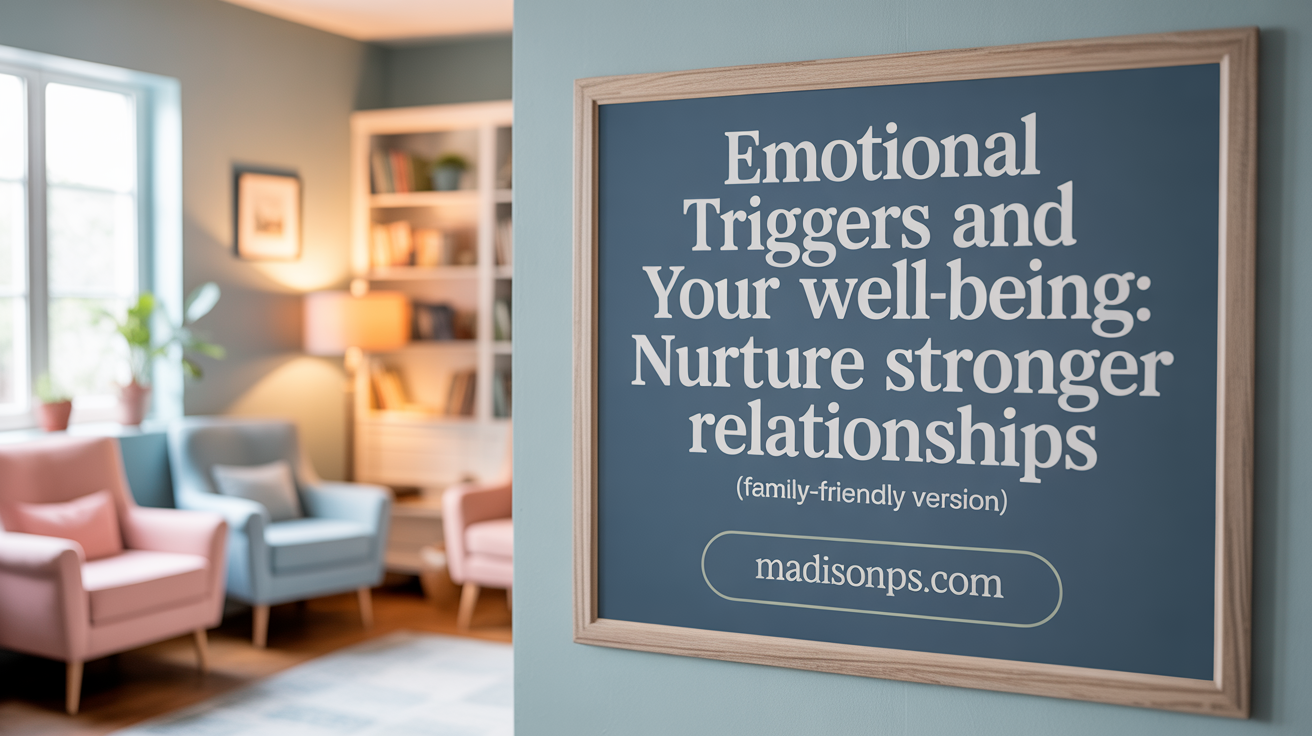
How do emotional triggers impact mental health and relationships?
Emotional triggers play a significant role in shaping both mental well-being and relationship dynamics. When an individual encounters a trigger—such as criticism, rejection, or a reminder of past trauma—it can activate intense emotional responses like anxiety, anger, or sadness. These reactions often stem from unresolved feelings or memories embedded deeply in the brain's limbic system.
In mental health, unmanaged triggers can contribute to symptoms of anxiety, depression, or post-traumatic stress. They may cause abrupt mood swings, emotional exhaustion, or impulsive behaviors that hinder daily functioning and recovery. People may also develop avoidance patterns or unhealthy coping strategies if triggers are left unaddressed.
Within relationships, triggers can lead to misunderstandings, conflicts, or emotional withdrawal. For example, a partner’s comment might unconsciously tap into fears of abandonment or rejection, causing overreactions or defensive behavior. Such responses can create a cycle of miscommunication and emotional distance, complicating intimacy and trust.
Understanding personal triggers helps individuals gain better control over reactions, enabling healthier communication. Techniques like mindfulness, therapy, and self-reflection are effective tools to manage these responses. Recognizing triggers early allows for proactive emotional regulation, fostering resilience and stronger connections.
Unaddressed triggers may escalate conflicts, deepen emotional wounds, and impair mutual understanding. Over time, this can strain mental health further and damage relationships, making it crucial to develop awareness and coping strategies. By doing so, individuals can reduce reactive behaviors, improve emotional stability, and nurture supportive, fulfilling relationships.
Counseling Techniques for Managing Emotional Triggers
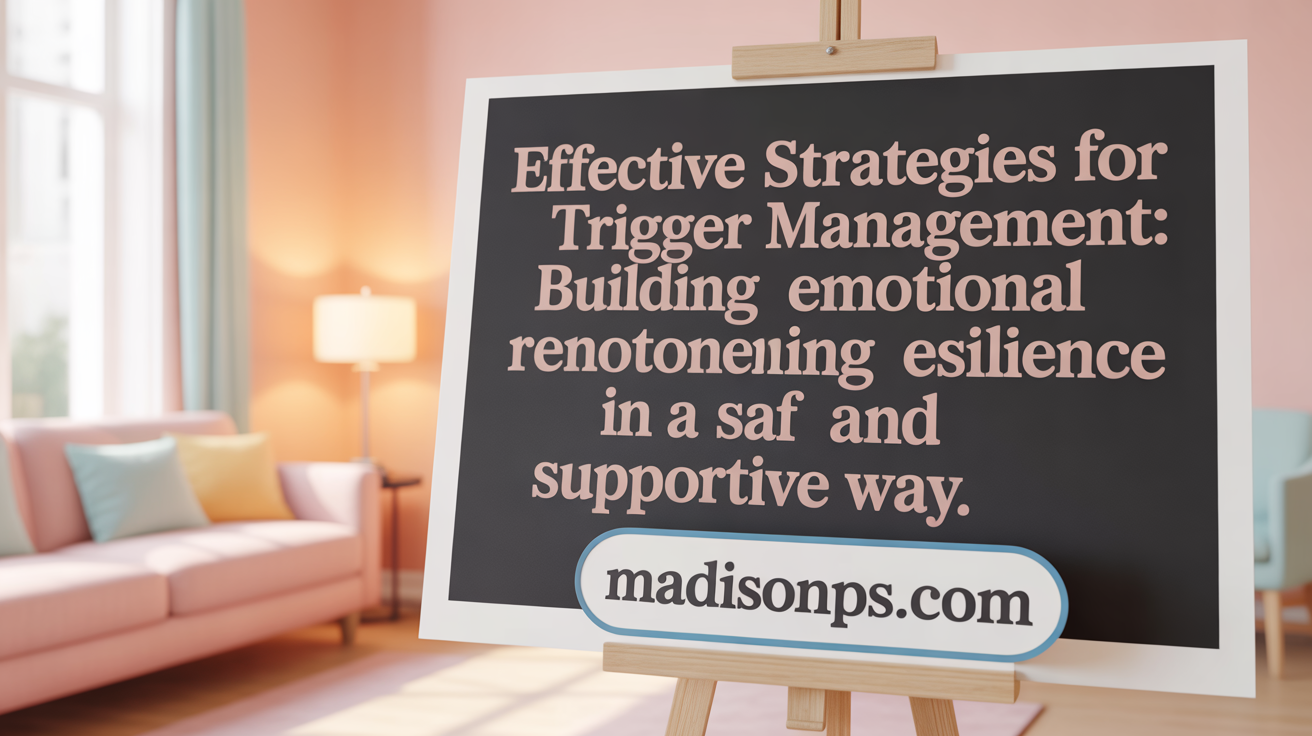 Managing emotional triggers in therapy involves a combination of self-awareness, practical techniques, and collaborative approaches. One fundamental strategy is journaling and cognitive restructuring, which helps individuals identify their specific triggers and challenge negative thought patterns associated with them. Writing about emotional responses reveals recurring themes and underlying beliefs, making it easier to address them effectively.
Managing emotional triggers in therapy involves a combination of self-awareness, practical techniques, and collaborative approaches. One fundamental strategy is journaling and cognitive restructuring, which helps individuals identify their specific triggers and challenge negative thought patterns associated with them. Writing about emotional responses reveals recurring themes and underlying beliefs, making it easier to address them effectively.
Building awareness of physical and emotional signs is crucial for early intervention. Recognizing bodily sensations such as increased heart rate, muscle tension, or shallow breathing allows individuals to use calming techniques proactively. Grounding exercises like deep breathing or sensory awareness help restore emotional stability during heightened reactions.
Self-care practices and seeking social support play vital roles in managing triggers. Engaging in regular self-care routines—like exercise, adequate sleep, and relaxation activities—strengthens emotional resilience. Connecting with trusted friends, family, or support groups provides validation and perspective, which can lessen the intensity of triggers.
Therapists often utilize collaborative methods such as visualization, role-playing, and mindfulness-based interventions. These approaches foster a safe space for clients to explore triggers, develop coping strategies, and learn new responses. Techniques like mindfulness meditation increase present-moment awareness, enabling clients to observe triggers without automatic reactivity.
From a practical standpoint, developing a plan with concrete steps—such as identifying triggers, practicing calming techniques, and seeking professional help—empowers individuals to take control. Consistent practice, patience, and professional guidance result in reduced emotional distress and improved regulation over time.
| Technique | Purpose | How It Works |
|---|---|---|
| Journaling & Reflection | Identify triggers and negative thought patterns | Writing about emotions uncovers subconscious themes |
| Cognitive Restructuring | Reframe negative beliefs | Replace maladaptive thoughts with positive affirmations |
| Grounding Exercises | Manage physical reactions to triggers | Use sensory awareness to anchor in the present moment |
| Mindfulness Meditation | Increase emotional resilience | Enhances observation without judgment, reducing reactivity |
| Social Support | Provide validation and perspective | Sharing experiences cools emotional spikes |
Understanding and implementing these strategies can help individuals manage emotional triggers more effectively, leading to healthier emotional responses and stronger personal growth.
Establishing Safety and Emotional Resilience in Trigger Management
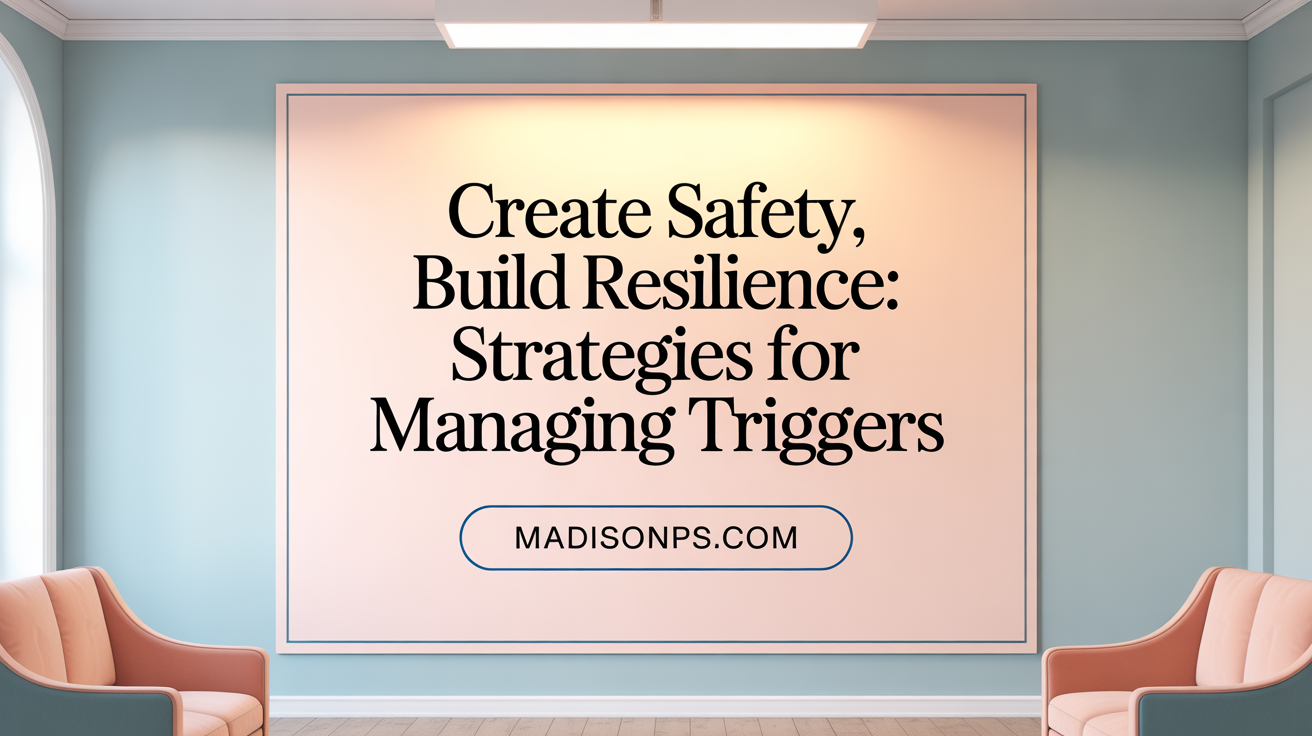
What are some effective strategies to create a sense of safety when dealing with emotional triggers?
Building a sense of safety is fundamental to managing emotional triggers effectively. One approach involves engaging in calming routines and activities that help regulate the nervous system. This can include talking to trusted friends or family members who provide support and validation.
Practicing simple techniques like deep breathing, progressive muscle relaxation, or mindfulness meditation can help soothe heightened emotional states. Using comfort objects, such as a favorite blanket or a personal keepsake, offers reassurance during difficult moments.
Therapies like acupuncture and meditation are also beneficial, as they help down-regulate the brain’s trauma pathways. These methods promote neuroplasticity, which assists the brain in rewiring negative response patterns and encourages emotional flexibility.
Addressing physical symptoms of anxiety—such as rapid heartbeat, dizziness, or muscle tension—through movement or breathing exercises can further support feelings of safety. Recognizing resistance—the internal beliefs or ego defenses that hinder emotional flow—is crucial. Letting go of the need to control every reaction allows emotional release, fostering openness and self-compassion.
Over time, these strategies contribute to neural changes that decrease reactivity, help manage triggers more effectively, and strengthen resilience. Consistent practice builds a foundation of safety that empowers individuals to face triggers with greater calm and confidence.
Therapeutic Approaches: CBT and EMDR in Addressing Emotional Triggers
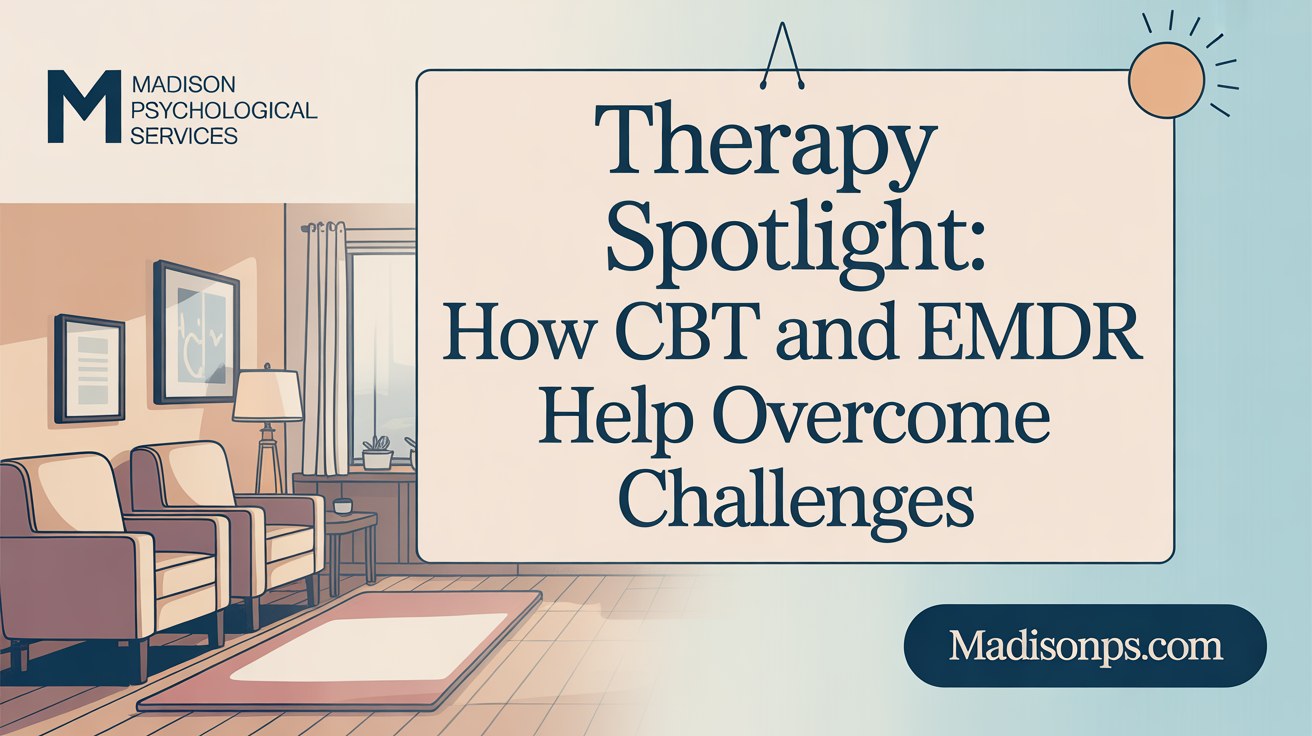
What role do therapy approaches like Cognitive Behavioral Therapy (CBT) and Eye Movement Desensitization and Reprocessing (EMDR) play in addressing emotional triggers?
Therapy techniques such as CBT and EMDR are instrumental in helping individuals manage and overcome emotional triggers. CBT focuses on identifying and changing negative thought patterns and beliefs that activate emotional responses. By challenging these thoughts and learning new, healthier ways of thinking, clients gradually reduce their emotional reactivity to triggers. Techniques like exposure therapy within CBT help clients confront triggers in a controlled environment, fostering desensitization.
EMDR offers a different yet complementary approach by helping clients reprocess traumatic memories stored in the brain. Through bilateral stimulation, such as eye movements or tapping, EMDR accelerates the processing of unresolved traumatic experiences associated with triggers. This process diminishes the emotional charge tied to these memories, making triggers less overwhelming. Essentially, while CBT helps reframe thoughts and develop better coping strategies, EMDR targets the root causes embedded in traumatic memories.
Together, these therapies form a powerful combination. CBT provides clients with tools to handle triggers in the moment and reframe their perceptions, whereas EMDR addresses underlying traumatic events that contribute to trigger responses. This integrated approach enhances emotional regulation, resilience, and overall psychological health, paving the way for deeper healing and growth.
Educational Insights into Trauma, Neurobiology, and Self-Awareness in Emotional Regulation
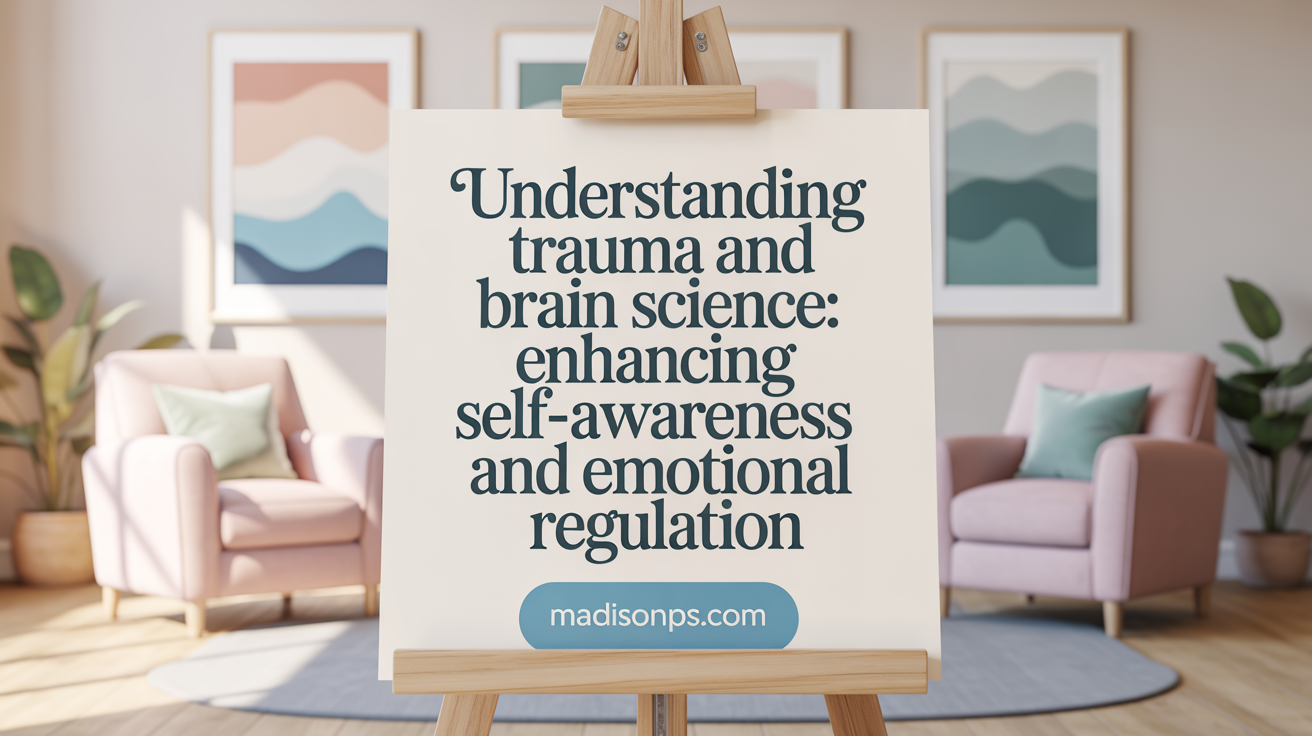
How can self-awareness and mindfulness practices help in handling emotional triggers?
Self-awareness and mindfulness are powerful tools for managing emotional reactions. These practices increase our ability to notice bodily sensations, thoughts, and feelings in the present moment without judgment. Recognizing early signs of emotional triggers allows us to take a deep breath or pause before reacting impulsively. Over time, mindfulness helps distinguish triggers rooted in past experiences from current situations, fostering a calmer response.
Developing self-awareness through mindfulness also enables individuals to identify specific triggers and the underlying emotions associated with them. This understanding helps in creating more adaptive responses rather than reacting out of habit or distress. Regular mindfulness and self-awareness exercises cultivate resilience by reducing emotional reactivity and promoting acceptance of all emotions, even difficult ones. As a result, individuals are better equipped to regulate their emotions, maintain healthier relationships, and enhance overall mental well-being.
What educational insights into trauma, neurobiology, and emotional regulation can aid in understanding emotional triggers?
Understanding the neurobiological basis of emotional triggers provides valuable insights into how trauma affects the brain. Traumatic experiences can cause structural and functional changes in key brain areas such as the amygdala, hippocampus, and prefrontal cortex. The amygdala becomes hyperactive, intensifying fear and threat responses, while the prefrontal cortex, responsible for rational thinking and impulse control, often weakens, impairing emotional regulation.
This neurobiological response explains why trauma survivors may have heightened sensitivity to certain stimuli and difficulty calming down after triggering events. Recognizing these changes underscores the importance of trauma-informed practices and targeted interventions like mindfulness and cognitive reappraisal. These techniques activate prefrontal regions, helping to regulate limbic system responses, reduce hyperarousal, and build resilience.
Furthermore, early adverse experiences can alter neurodevelopment, making emotional regulation more challenging. Educating clients and professionals about these brain mechanisms emphasizes the necessity of compassion, patience, and tailored strategies to support healing and emotional stability.
| Brain Region | Function in Emotional Regulation | Impact of Trauma | Relevant Strategies |
|---|---|---|---|
| Amygdala | Detects threats and triggers fight or flight | Hyperactive in trauma survivors | Mindfulness, grounding exercises |
| Hippocampus | Processes memories and contextualizes threats | Reduced volume due to trauma | Trauma-focused therapies, meditation |
| Prefrontal Cortex | Oversees rational thought and impulse control | Hypoactivity can impair regulation | Cognitive-behavioral techniques, reappraisal |
The importance for clients and therapists
For clients, understanding how trauma impacts brain function fosters self-compassion and motivation for active engagement in therapy. It clarifies that heightened emotional reactions are responses rooted in neural adaptations, not personal failures.
For therapists, this neurobiological knowledge informs the development of effective, trauma-sensitive approaches. Techniques like mindfulness-based stress reduction and trauma-informed cognitive therapies help strengthen prefrontal regulation and reduce limbic hyperactivation.
Overall, integrating neurobiology, trauma understanding, and self-awareness into education enhances emotional regulation skills. This comprehensive approach supports healing, resilience, and healthier emotional responses in both personal growth and therapeutic settings.
Conclusion: Embracing Growth Through Counseling
Emotional triggers, often born from past wounds and traumas, affect our emotional landscape and relationships in profound ways. Recognizing and understanding these triggers is the essential first step toward healing. Counseling and therapy provide vital tools—ranging from mindfulness practices and journaling to evidence-based interventions like CBT and EMDR—that empower individuals to manage reactions, build resilience, and foster healthier connections. Incorporating neurobiological insights offers deeper awareness of the emotional processes at work, guiding therapeutic approaches and self-regulation strategies. Ultimately, through sustained effort, self-compassion, and professional support, individuals can transform emotional triggers from sources of distress into catalysts for personal growth and emotional freedom.
References
- Understanding Emotional Triggers and Building Healthy Relationships
- Emotional Triggers: Why They Matter & How to Manage Them
- Understanding Mental Health Triggers - UNC Campus Health
- Managing Emotional Triggers | Mental Health Treatment | MA
- Understanding Mental Illness Triggers | NAMI
- Understanding Emotional Triggers Through Mood Tracking
- Understanding Emotional Triggers and Healing
- Essential tools on how to identify triggers - SimplePractice
- Improve Mental Health Using Emotional Triggers in Therapy
- Understanding Emotional Triggers and How EMDR Can Help
